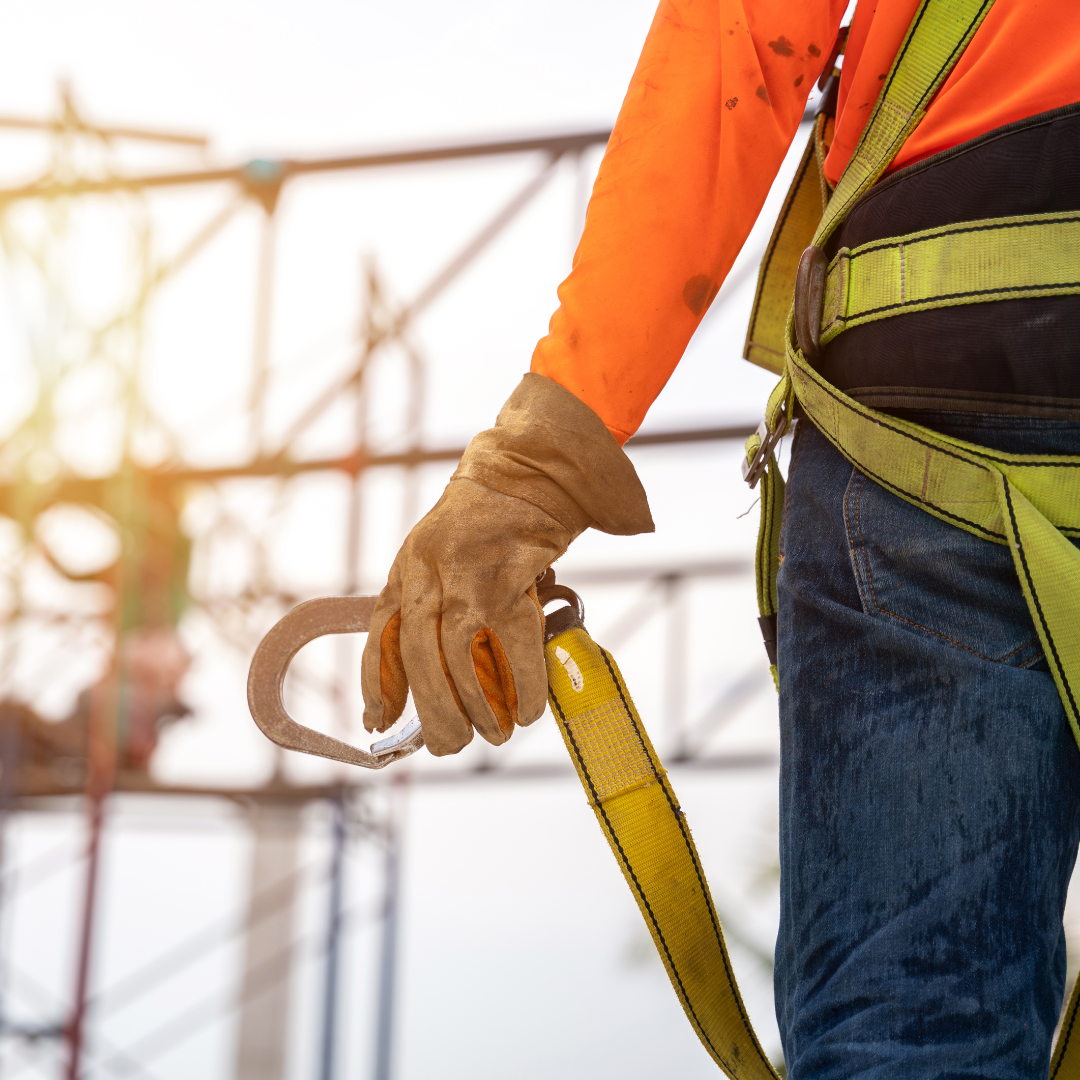WORKING AT HEIGHT
Wearing and using PPE against falls from a height
TARGET SKILLS
- Be able to work safely at height.
- Be able to assess the risks involved in working at height.
- Be able to identify and choose the equipment needed for the work environment.
- Be able to use fall arrest systems, check them before use and adapt them,
adjust them and know how to equip yourself to optimise your movements.
PUBLIC CONCERNED
Anyone who has to work at height and use personal protective equipment against falls from height (harnesses, lanyards, connectors, etc.)
PRE-REQUISITES
Speaking, reading and writing French.
Medical fitness to work at height.
RATE
350 €
DURATION OF THE COURSE AND ORGANISATIONAL ARRANGEMENTS
1 day (7 hours)
PLACE OF TRAINING
1436 Route de Baduel - 97300 CAYENNE
TEACHING RESOURCES AND METHODS
- Theoretical training session in air-conditioned room using interactive course material.
- Practical exercises for working at height.
- Use of individual and collective protective equipment.
- Memo leaflet given to trainees
PROFILE OF TRAINERS
Professional training in risk prevention, working at height and wearing a harness.
REGULATIONS
All employers are required to inform their employees
on occupational risks and their prevention, to
train them in safety and their workstations
(articles L. 4141-1 to 4141-4 of the French Labour Code).
In addition, specific training courses are planned
for the use of certain equipment or workstations
working at height
CONTACT
06 94 93 46 32 – 05 94 27 37 27
contact@abondanceformation.com
ACCESSIBLE TO THE DISABLED
If a beneficiary has particular constraints due to a disability, please contact us at
contact us beforehand so that we can adapt the action of
training.
ASSESSMENT METHOD
Validation of skills during end-of-course assessment tests, with written and practical tests.
Once the end-of-course tests have been completed in accordance with the objectives set, candidates will be issued with a training certificate.
Recycling recommended every 10 years.
COURSE CONTENT
- Risks of falling from a height :
- Statistics on accidents at work.
- Employer and employee liability.
- Factors in falls from height.
- Accidents involving falls from a height
(Causes and circumstances).
- Regulatory context
-Accidents and causes of accidents
- Collective protection
- Means of access (ladders, stepladders, etc.),
scaffolding, MEWPs)
- Anchoring devices :
(CNAMTS Recommendation R430) - Moorings
on an existing structure, - mooring on a fixed or transportable manufactured attachment point
- Characteristics of personal protective equipment
- Application of prevention principles in the workplace
in height :
- General principles.
- The regulations.
- When should collective and individual protection be used?
- Specific work situations: work on
work on ladders, use of a roofing machine, etc.
lifeline.
- Collective protection :
- Identifying dangerous situations.
- Collective protection measures to be taken
(work or traffic floors, guardrails, walkways, etc.),
openings into the void, roofs, mezzanines and
platforms).
- Conditions of use for ladders and gondolas,
individual platform scaffolding and regulations.
- Lifelines and anchor points (visual checks).
- Personal protection :
- Analysis of the situation and the environment
of work (anchoring, taking into account the effects of
first aid).
- Factors in falls from height.
- Simple calculation of the dynamic effects of a fall.
- Choosing PPE according to risk.
- The components of a system for stopping
falls: the harness, the linking system (lanyards,
(e.g. mobile fall arresters, self-retracting fall arresters, energy absorbers),
connectors
- Principles of visual inspection and storage
PPE to prevent falls.
- Practical exercises :
Practical exercises Presentation, discovery and
conditions for using the harness
- Preliminary visual and tactile inspection
PPE and use of safety data sheets.
manufacturer
- Harness adjustment
- Implementation of link systems
- Exercise involving working at height.
- Vertical and horizontal movements

